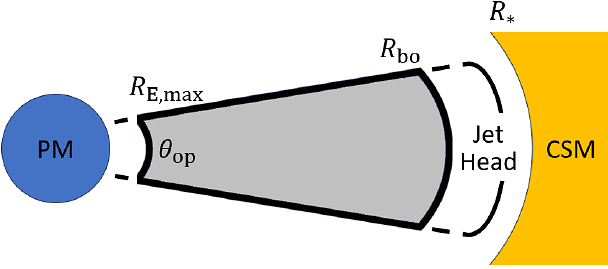Gamma-ray emission from decays of boosted nuclei in proto-magnetar jets

Gamma-ray emission from decays of boosted nuclei in proto-magnetar jets
Sean Heston, Nick Ekanger, Shunsaku Horiuchi
AbstractWe examine the detectability of $\gamma$-ray emission originating from the radioactive decays of unstable nuclei that are synthesized in relativistic outflows launched in magneto-rotational core-collapse supernovae. The observed lines have enhanced energies due to the Lorentz boosted nuclei and can also be seen until later times due to time dilation of the rest-frame half-lives. We find that instruments like $\textit{e-ASTROGAM}$ and $\textit{INTEGRAL/SPI}$ are sensitive to these boosted line emissions from 100s of keV to 10s of MeV at a distance of 10 kpc over time scales of 10s of days. For favorable viewing angles, these decays can be detected to extragalactic distances for rapidly spinning proto-magnetar models. On the other hand, detection for off-axis jets is challenging, even for a supernova at the galactic center. Measuring multiple decay lines in addition to the integrated luminosity over $\sim$10 days post-bounce would allow for the ability to distinguish between models and shed light on central engine properties like magnetic field and spin.